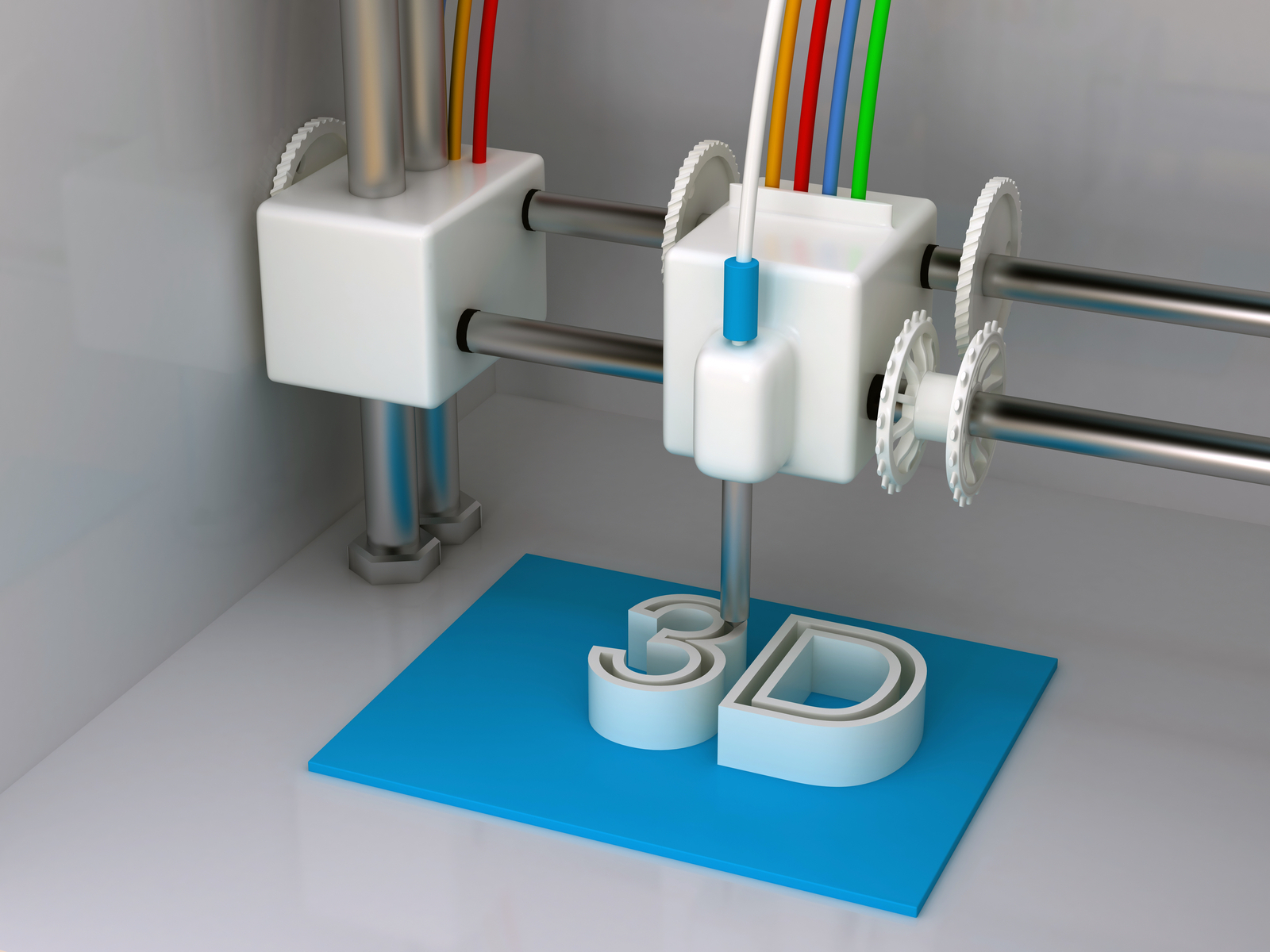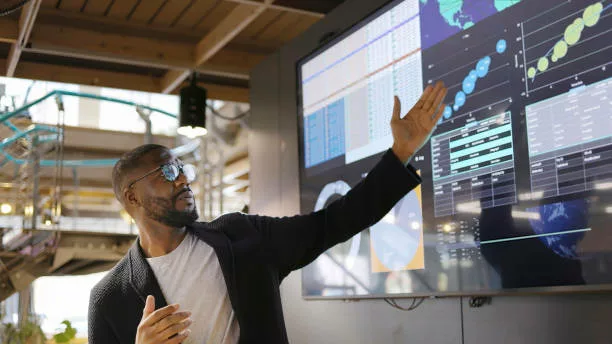Relevance of 3D Printing in learning;
3D printing or additive manufacturing is the construction of a three-dimensional object from a CAD model or a digital 3D model.
In addition, it can be in a variety of processes in which material is solidified under computer control.
This is mostly with material being together. However, (such items like plastics, liquids or powder grains are being put together typically layer by layer.
In the 1980s, 3D printing techniques were suitable only for the production of functional or aesthetic prototypes.
In addition it is a more appropriate term for it at the time was rapid prototyping.
As of 2019, the precision, repeatability, and material range of 3D printing is increasing with technological advancements.
Furthermore in most cases the term additive manufacturing can be synonymous to 3D printing.
However One of the key advantages of 3D printing is the ability to produce very complex shapes or geometries that will be otherwise infeasible to construct by hand.
This usually includes hollow parts or parts with internal truss structures to reduce weight.
Moreover Fused deposition modeling (FDM), which uses a continuous filament of a thermoplastic material.
This is the most common 3D printing process in use as of 2020.
Although the general concept and procedure to be used in 3D-printing was first by Murray Leinster in his 1945 short story Things Pass By.
Although this constructor is both efficient and flexible. I feed magnetronic plastics — the stuff they make houses and ships of nowadays — into this moving arm.
It makes drawings in the air following drawings it scans with photo-cells.
But plastic comes out of the end of the drawing arm and hardens as it comes … following drawings only”
3D printing was also by Raymond F. Jones in his story, “Tools of the Trade,” in November 1950 issue of Astounding Science Fiction magazine.
Explaining 3D Printing as a “molecular spray” in that story.
Here are some of the relevance of 3D Printing in learning;
1. It gives room for creativity:
One of the most significant relevance of 3D Printing in learning is that it gives room for creativity.
In addition, when learners or users employ the use of addictive manufacturing which involves the process of using different materials.
The materials can be made into several designs which allows the students or users to explore their creativity. They can explore using different colors, textures and techniques of printing which gives room for more creativity.
2. It is affordable:
3D printing is very cheap to maintain. Users get to use it without spending too much money.
Moreover It doesn’t involve the use of very costly machines or machine operators. Unlike the traditional machines for printing which is usually very expensive and difficult to maintain and use since it requires the use of skilled operators.
3. It saves time:
3D printing is widely known to be very fast and it saves time.
Rapid Prototyping is an aspect of 3D printing that makes it easier for learners and users to produce different designs as fast as possible. However it is much faster than the traditional method of printing. that can take long hours or even days.
Are you a school owner and you need a web solution to automate your school work click here to sign up for free.



